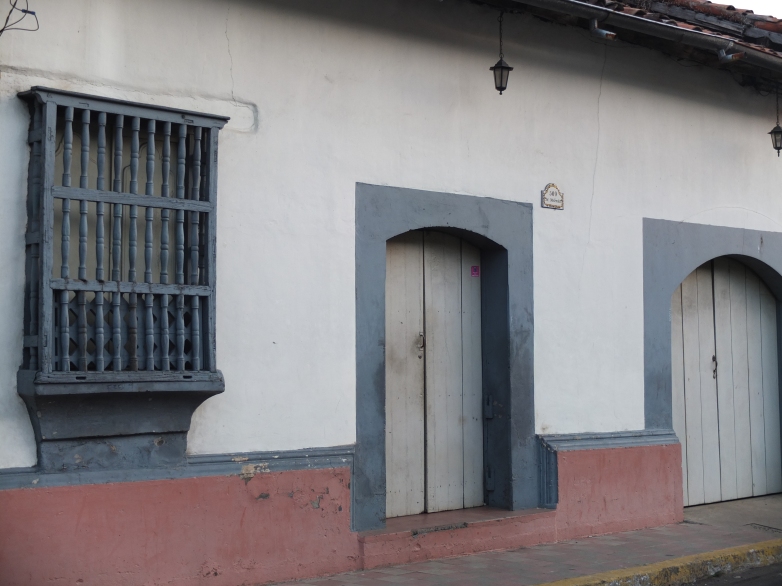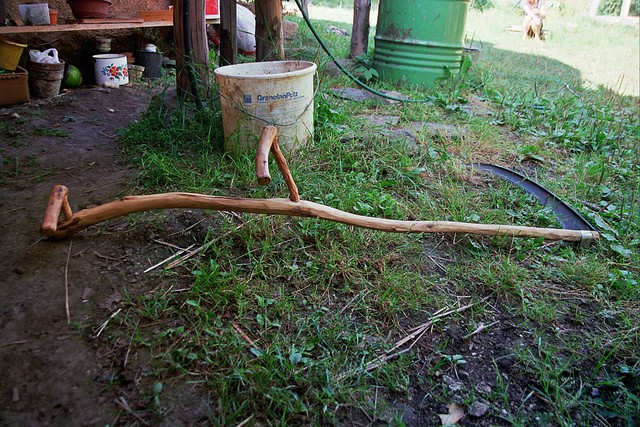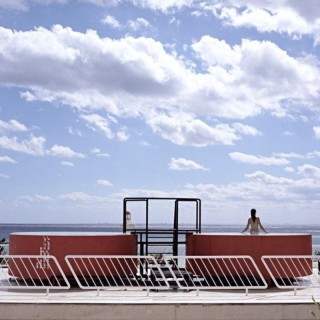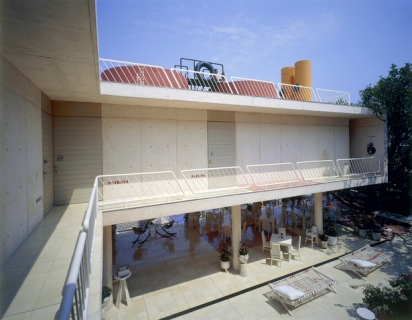One of the things I miss about England is sipping a cool pint of cider in a beer garden on a summer’s day. Not the Magner’s variety, mind you, but a local brew ‘that’ll put hairs on your chest’. In New Zealand, I found a few good ciders (Zeffer’s ‘Slack ma Girdle’; Peckham’s; and Paynter’s), but on the whole they are too sugary and similar; I prefer a bit more character, like a Cox apple rather than a Braeburn. I moaned to a few kiwi’s about it and they pretended to listen as they gulped their beers. Eventually, I decided to put my money where my mouth was and make my own.
I purchased the equipment, and after reading about the process, bought some apple syrup to make my first batch. This was definitely cheating, but I didn’t want to waste lots of delicious apple juice on my first attempt. I began by mixing the syrup and yeast with water and putting it in a large bucket (I left out the sweetener that came with the kit). With the change of season, my flat was starting to get cold, so I put the bucket in the corner of my bedroom and wrapped it in a blanket, hoping it would be warm enough to activate the yeast. After two weeks in the bedroom and three months in the bottle, the end result, ‘Sarah’s Slutty Cider’, was a passable brew, and had a bit more character than the shop varieties. My mates and I had lots of fun drinking it, but as I learned on my travels, a lot of fun can be had making cider too.
When I got to Cotna Eco-farm and retreat in England (the place where I also learned to scythe a meadow), it was the end of summer and the apple trees were laden with fruit. Dave (the owner of the farm) told me that some apples were for eating, and the windfalls and other varieties were for making cider. My eyes lit up – if we stayed at the farm until harvest I would get to make some cider with apples, not syrup!
I stayed for five weeks, so did get to make some cider, and, compared to when I’d made it in Wellington, it was a much more collaborative affair. There were a number of reasons for this: mashing up apples by hand is too tiring for one person; cider making is celebratory and a culmination of plenty of hard work on the land; it’s messy (i.e. lots of fun); and it’s traditional to drink cider from the previous year when you’ve finished.
We all took turns at using a bucket and a wooden masher to make the apple pulp and then to squeeze out the juice from the pulp in the cider press. The apple juice went straight into demijohns with no other additives (natural yeast comes from the skins of apples). We put the demijohns into a cool, dark shed for at least three months, until they would be decanted into smaller bottles. As I found out from the first batch, it’s tempting to drink cider too early, but makers will tell you ‘if you make it in October, it will be alcohol by Christmas, palatable by Easter and drinkable by summer’.
Dave hadn’t had time to decant the cider from the year before, so myself, Sarah (Dave’s partner), and Laura (my wonderful Catalonian friend), spent an unforgettable afternoon deciding which ciders were good enough to be bottled. The ones that made it into the bottles were deliciously crisp and flavourful, most of the ones that didn’t, had a hint of blue cheese or old socks. Cider making, like much of the processing required at harvest time, helped solidify our relationship as fellow workers and friends. In fact, at Cotna, less fun jobs like weeding or shoveling horseshit were enjoyable when we were all ‘in it together’ (literally ‘all in it together’, nothing like George Osborne’s version, in which he bankrupts the farm, uses wages to buy it back, makes us work longer hours for less pay, all the while sitting back sipping cider with his chums).
The ethics and principles of permaculture encourage relationships of collaboration and sharing. For example, as Looby Macnamara writes in her excellent book ‘People and Permaculture’, the permaculture ethic of ‘peoplecare’ asks us to consider the welfare of people in our designs, and suggests that by reaching out and establishing links, we can help create a sense of purpose and belonging. While in our everyday lives we may get these feelings from aspects of work and leisure (such as drinking homemade cider with mates), all too often our ways of producing and consuming result in us feeling alone, or stressed by competition and the fear of inadequate performance.
As responsible designers, I believe we need to design for sociality, not individualism. We need to create things that are the antithesis of the selfie stick: objects, processes and services that encourage us to interact with one another. Although social media, such as Facebook, may claim to be one such product, we need to design things that go beyond commodified relationships and self branding. Making cider the ‘old-fashioned way’ is one such process; the primitive nature of the tools encouraged us to talk to one another and coordinate our actions. For example, if the pulp was too coarse, the chunks of apple were impossible to press, too fine and juicy and they all came shooting out due to the pressure.
This is not to suggest that permaculture projects produce a utopia of egalitarian social relations. I have volunteered at some places that were simply unbearable. Usually, there was a culture of competition, not collaboration and those ‘in charge’ (and it really felt like they were in charge) didn’t listen to other people’s opinions, or notice their abilities. These projects were not following the permaculture principle of ‘integration rather than segregation’. Integration means putting things (in this case, people) in the appropriate place. If this is done well, relationships can develop and support systems can grow. Successful permaculture projects acknowledge everyone’s talents and work together towards a common goal. In the case of making cider, for example, some people are better at growing apples, some are better at juicing, some are better at tasting (my particular skill set) and others at entertaining and keeping moral high.
And at the end of the harvest, everyone can have a go at drinking last year’s cider.
























